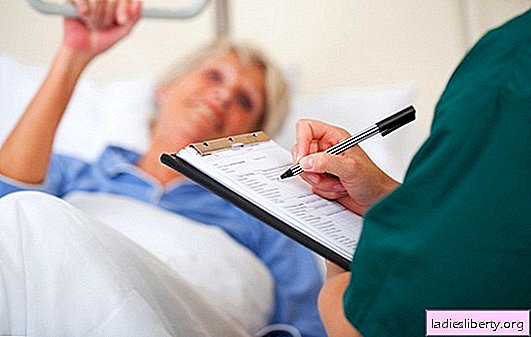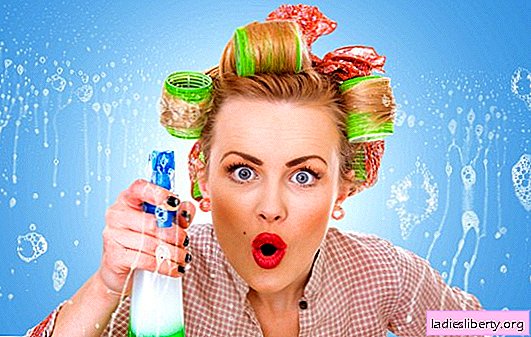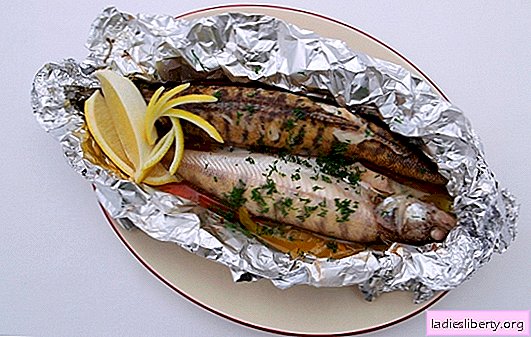
Since ancient times, mankind has eaten bread.
In Russia there is a proverb: "Bread is the Head of Everything", but is it?
In the article we will try to reveal the topic of the benefits and harms of bread, its calorie content and how bread affects children's health.
Bread: composition, calorie content, as used
Bread is a product that is made using heat treatment. The main components are: water and flour. The remaining components (additives) give it a unique taste.
Bread is a cult product. Most peoples of the world have a special recipe for its preparation. Low cost and high calorie make bread indispensable.
The chemical composition of bread:
• essential amino acids (lysine and methionine);
• carbohydrates;
• fats
• vitamins: A, E, F, group B;
• minerals: iodine, iron, potassium, calcium, silicon, cobalt, magnesium, manganese, copper, sodium, selenium, phosphorus, chlorine, zinc.
Calorie Bread
Different types of bread, regardless of type, contain about the same amount of calories. In wheat and white bread from 225 to 250 Kcal, and in black about 220 Kcal. The lowest calorie is rye (180 Kcal), but it can not always be consumed (with diseases of the gastrointestinal tract). Whole grain bread contains 197 kcal.
Bread application
If the bread is dried at room temperature, it can be reanimated with water, can be used to prepare various dishes.
1. Rusks. Dry additionally in the oven. You can use various additives (salt, garlic and other spices).
2. Croutons. Pieces are slightly moistened in milk and fried in a pan.
3. Hot sandwiches. Use the filling at your discretion.
4. Breading. Crumble bread and dry in the oven.
5. Kvass. Dry pieces of brown bread, add yeast, water and sugar. Leave for a day in a warm place for fermentation.
6. Various desserts and casseroles.
Bread can also be used in home cosmetology.
• Face masks (brown bread);
• skin scrubs;
• Lightening teeth;
• Use as soap;
• Hair masks (gives shine and eliminates dandruff);
This is not an exhaustive list of the use of bread in everyday life.
It is believed that bread crumbs can be fed to birds, poured into feeders, but not all birds like this food. For example, tits get sick and die from wet food.
Bread: what is the harm to health?
In modern times, bread is made from the same ingredients as before (water, flour, salt). But are such statements true? Not really. First of all, because the quality of flour has fallen sharply. In the pursuit of profit, people have forgotten what a truly useful product is.
Premium Flour Bread
Premium flour differs from others in that when grinding it does not feel grains. Together with the acquisition of properties to make bakery products luxuriant with a finely porous structure, it loses in useful properties. Namely, it has a high content of carbohydrates, and almost does not contain trace elements, minerals and vegetable proteins. The fiber content in bread from such flour does not exceed 0.1 g per 100 g of the finished product, while the daily rate of its use is ~ 25 g. Note that premium flour is bleached with various chemicals, for example, chlorine dioxide (used for disinfection and bleaching, it is part of the washing powder).
The use of bleached flour makes bread harmful to the body, but there are still various additives: preservatives, emulsifiers and other technical aids. The manufacturer may not indicate their presence on the package.
It is statistically proven that people who use bakery products of premium flour are more likely to suffer from cardiovascular, oncological, endocrine, and gastrointestinal diseases.
The study, which was attended by about 60 thousand women, showed that the predominance of white bread in the diet 3 times increases the development of type 2 diabetes. Moreover, factors of heredity and a sedentary lifestyle were excluded. Eating white bread can lead to global disorders of carbohydrate metabolism in the human body.
Yeast Harm
The harm of bread from yeast dough is now known to many, but we note once again its properties. First of all, consuming bakery products, we do not think about how yeast is produced. They are made on the basis of cotton husk wastes, distilleries and other products. Yeast, getting into the stomach, inhibits the digestive system, displaces the beneficial intestinal microflora.
The harm of vegetable oils
Vegetable oils used in making bread form carcinogens at high temperatures. Often use palm oils, which are intended for technical use (low-quality varieties).
Bread: what are the benefits for the body?
In the article, we have already described the chemical composition of bread. What are the beneficial properties and substances of bread?
1. The largest amount of fiber is stored in rye bread, which helps intestinal motility and is a breeding ground for its microflora.
2. The content of various vitamins and minerals.
3. The presence of plant proteins (essential amino acids that are not produced in the human body).
4. Purification from harmful substances. Rapid withdrawal of carcinogens and other harmful substances contributes to rye bread.
Many who decide to fight overweight completely exclude bread from their diet. They do not suspect that it is dangerous for the human body. Bread is one of the main sources of vitamin B, it is a debugger of the nervous system and protects the body from distress.
With its lack, the following occurs:
• Increases hot temper;
• Fatigue increases;
• Decreases mood (up to a depressive state);
Bread contains fiber, and refusing it can lead to disruption of the intestines. Essential amino acids and vegetable protein support muscle tone and prevent cellulite from developing.
Which bread is healthier
Rye bread
Such bread is more beneficial for the body than white, as it does not have a harmful effect on the human body.
Bran bread
The most useful type of bread, as bran contains fiber, which absorbs various toxins, preventing it from entering the body. This product contains nicotinic acid, which is necessary to prevent diseases such as obesity, gastrointestinal tract, atherosclerosis.
Yeast-free bread
It has an anti-inflammatory, choleretic effect and contributes to the normalization of cycles in women.
Bread for children
When complementary foods are introduced, eating a child’s wheat cereal and special cookies is acceptable. But it is not recommended that children (up to 1.5 - 2 years) eat white bread. This is due to the fact that the yeast, entering the body, continues to develop, and cause the fermentation process, which in turn can disrupt its digestion. It’s better to start with eating not bread, but crackers.
Rye bread is not recommended to be included in the diet of a child under three years of age. This is due to the presence of gluten and oligosaccharides in the composition of such bread, they can cause indigestion in the baby.
The use of bread for children depends on how the product is prepared and what constituents are included in it.
It is useful for the child, subject to the choice of a product made from wholemeal flour or with the addition of bran. But they should not be given to children under three years of age.
When choosing bread for children, you should pay attention to the following:
• Lack of dyes, flavor enhancers, ethyl alcohol and flavorings;
• Packaging must be complete;
• The label contains the time, date, composition and information about the shelf life;
• The color of the crust of bread. Wheat bread should be golden yellow and rye brown.
• Inadmissibility of extraneous inclusions (there should be no black and brown spots).
Making bread yourself would be ideal for the baby’s diet, the only way to be sure that the product does not contain harmful substances.
White bread, buns, sweet cookies are not beneficial for the child’s body, but even when consumed in limited quantities will not be harmful to him.
You can not downplay the beneficial properties of bread, it has a beneficial effect on the body and contains many useful substances and vitamins. Also, one should not forget about the dangers of bread, especially made from premium flour. Therefore, the use of bread is a personal matter for everyone, but it is better not to exclude it from your diet, but to cook it yourself, because only in this way you can find out the true composition and be sure of its safety.











